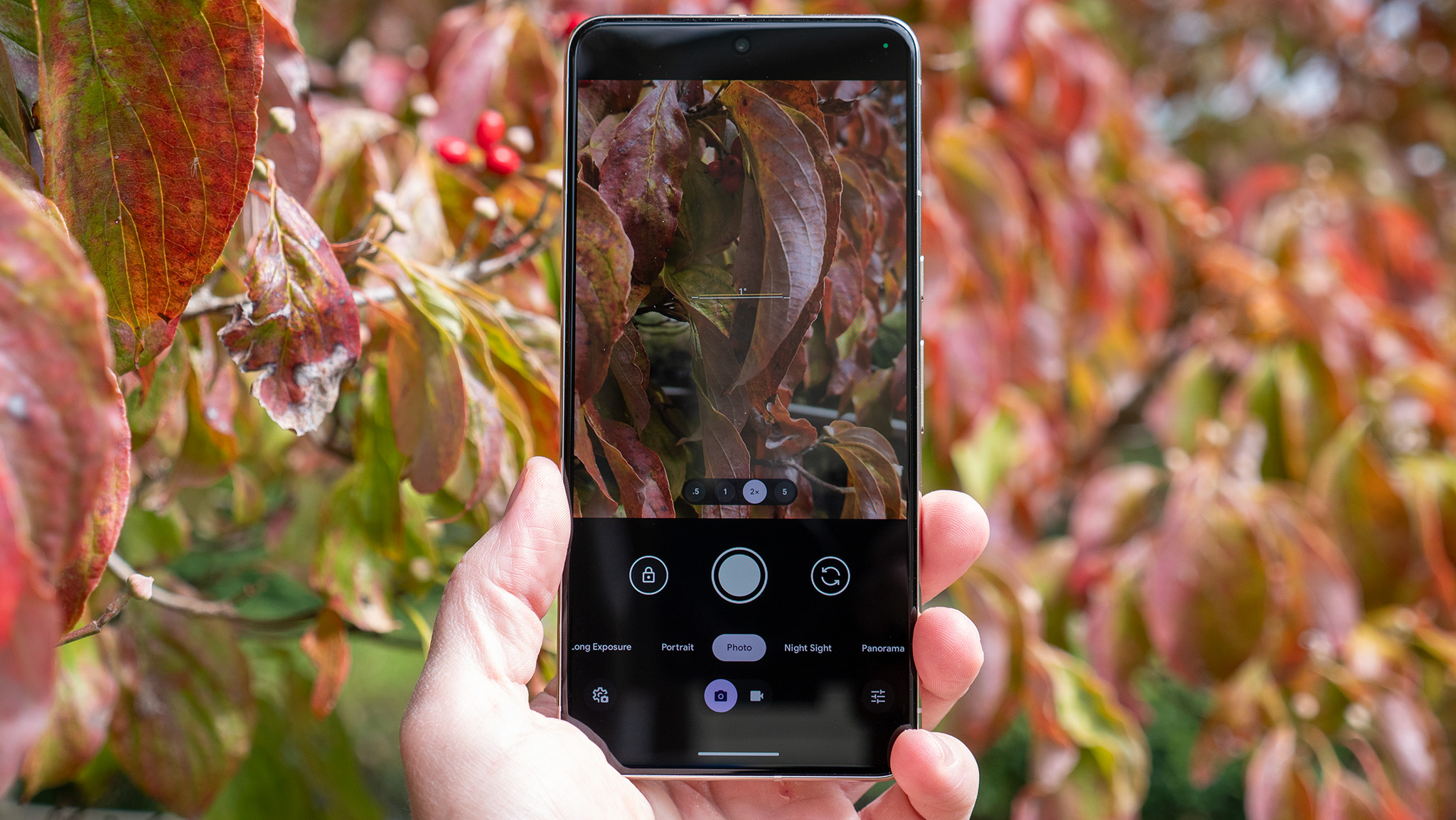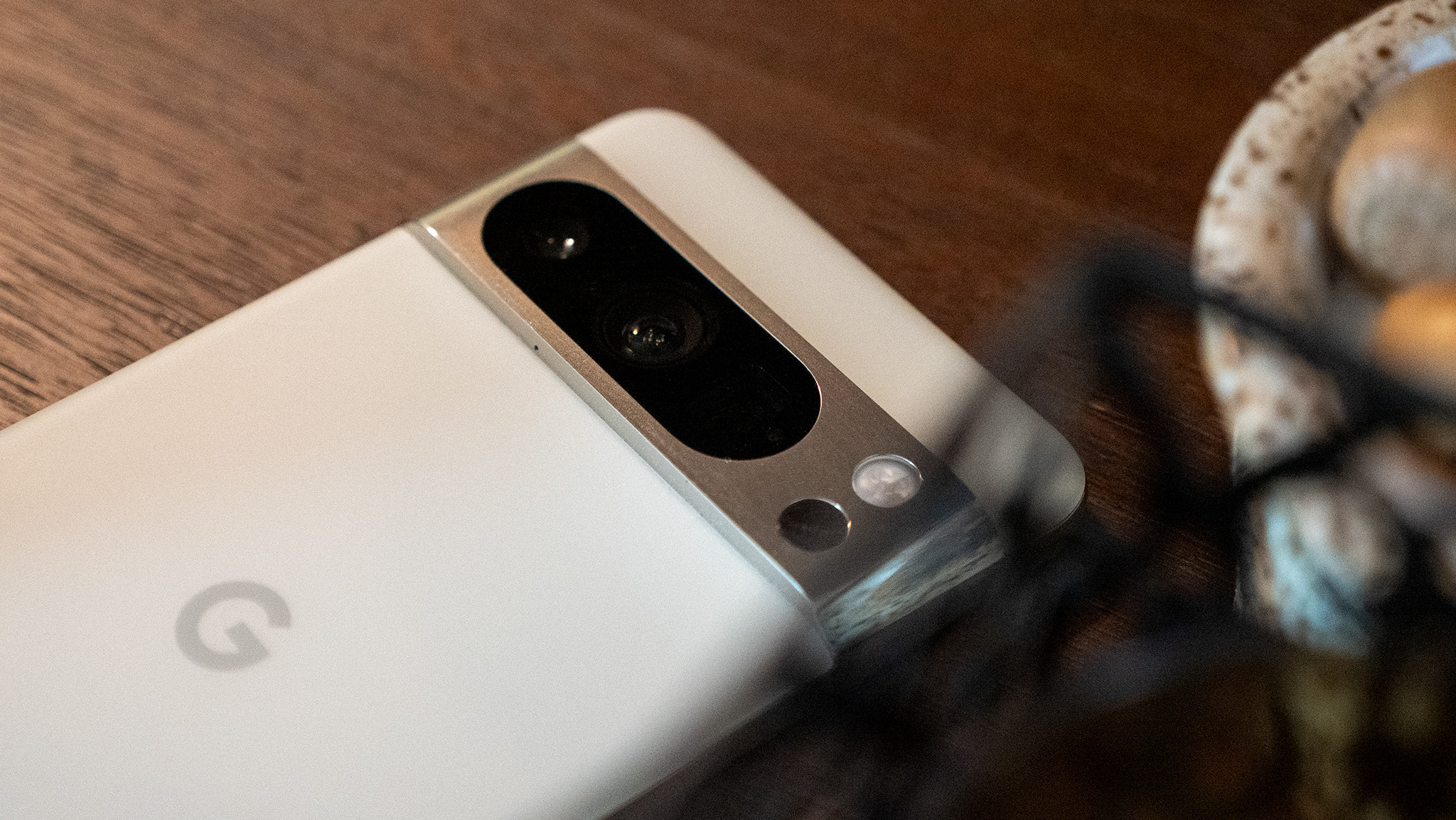
What you need to know
- Samsung details its new camera sensor, the ISOCELL GNK.
- The sensor features a 50MP resolution with Dual Pixel Pro technology and staggered HDR.
- The sensor is likely the one used in in the primary Google Pixel 8 Pro camera.
Samsung recently detailed its latest smartphone camera sensor, the ISOCELL GNK, which aims to enhance photo quality with impressive imaging technology. In fact, this sensor is likely the one being used on the new Pixel 8.
The sensor has a 50MP resolution with 1.2μm pixels and a 1/1.3-inch sensor size. Samsung highlights its Dual Pixel Pro technology and impressive HDR for capturing dynamic scenes as they were meant to be seen.
With staggered HDR, the sensor is capable of capturing short and long exposures almost simultaneously, which should result in sharper, more dynamic images than those captured with other methods. According to Samsung, using staggered HDR with Smart-ISO Pro will give images higher dynamic range and less noise, and the sensor is capable of 14-bit color depth.
The Dual Pixel Pro further enhances the autofocus by including two photodiodes in each pixel, allowing the camera to focus better on fast-moving subjects. And thanks to pixel binning, the sensor has an effective 2.4μm pixel size for better light capture

That all sounds fancy, but how does that translate in real life? Well, based on the specs, 9to5Google suspects this could be the camera sensor found in the Google Pixel 8 and Pixel 8 Pro. However, since Google won't say which sensor it's using, it's only a guess, but one that seems very likely.
So, if the Pixel 8 is already using this new sensor, then we have a good idea of what it's capable of. Our Google Pixel 8 Pro camera review highlights the improved dynamic range over its already impressive predecessor, outputting images with "additional shadow detail and even better-balanced highlights." Of course, Google's software does a lot of the work as well, but now we may know what hardware Google is working with to produce these impressive photos.
The Google Pixel 8 Pro is one of the best new Android phones on the market, not only because of its cool new AI features, but because the camera takes phenomenal photos that rarely need to be edited to begin with. And with the new Pro Controls, you can take the shot exactly how you want to.







